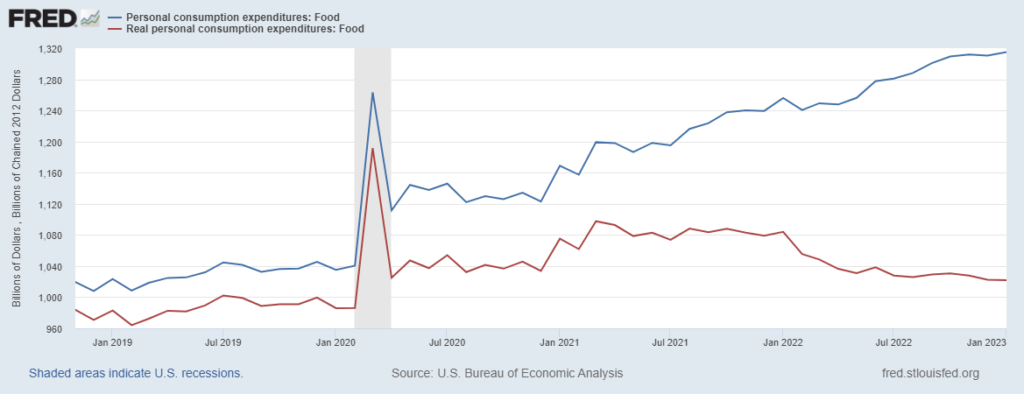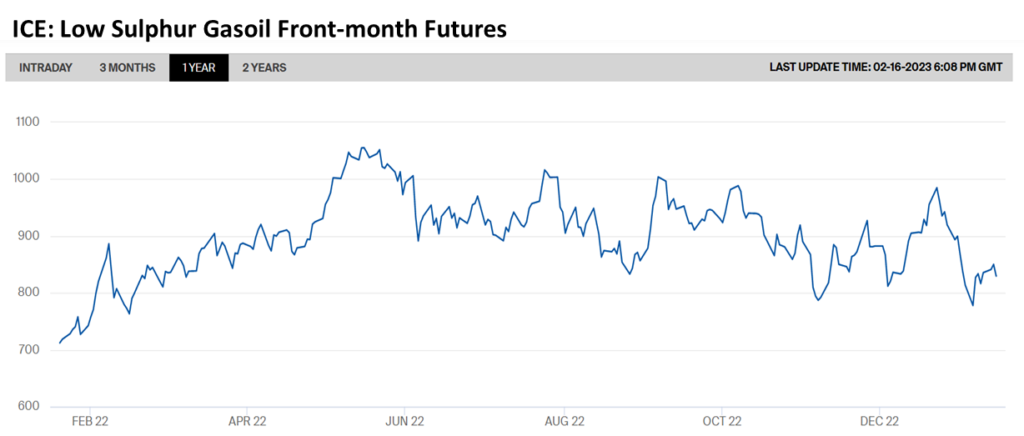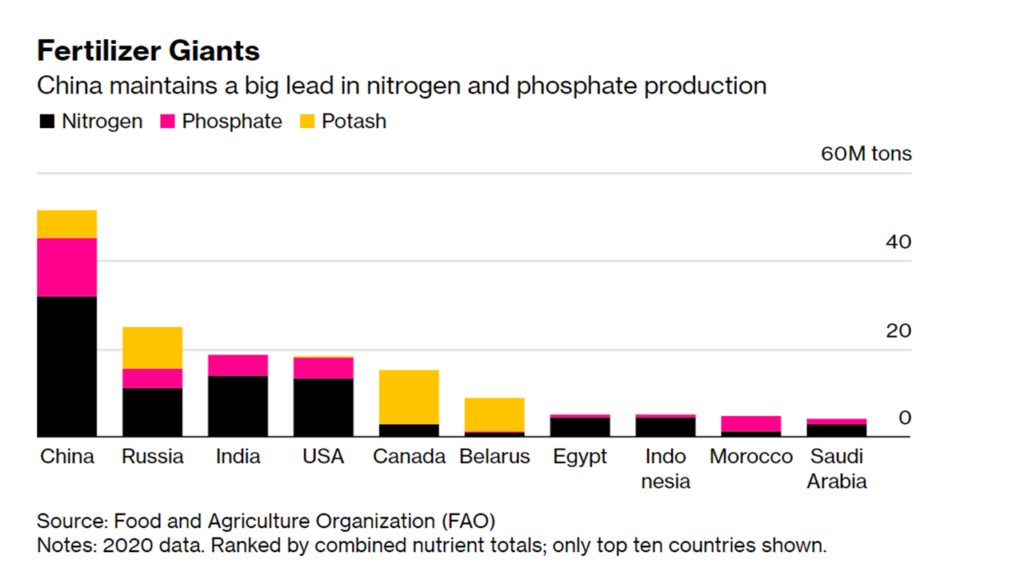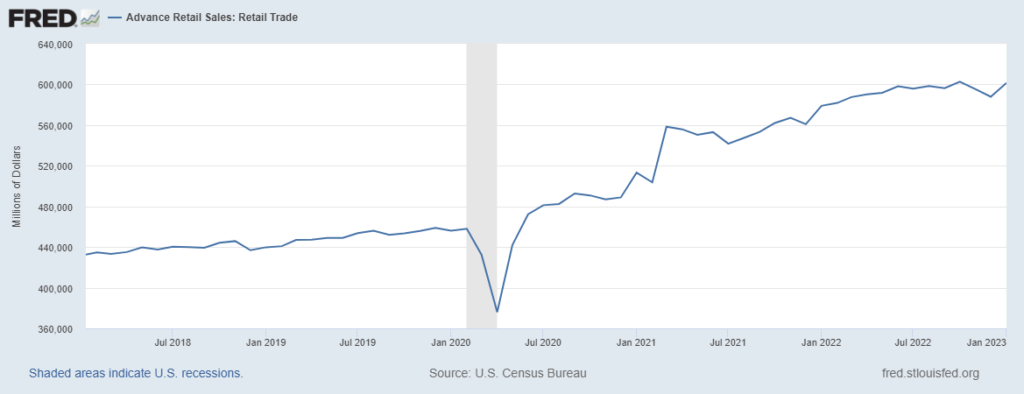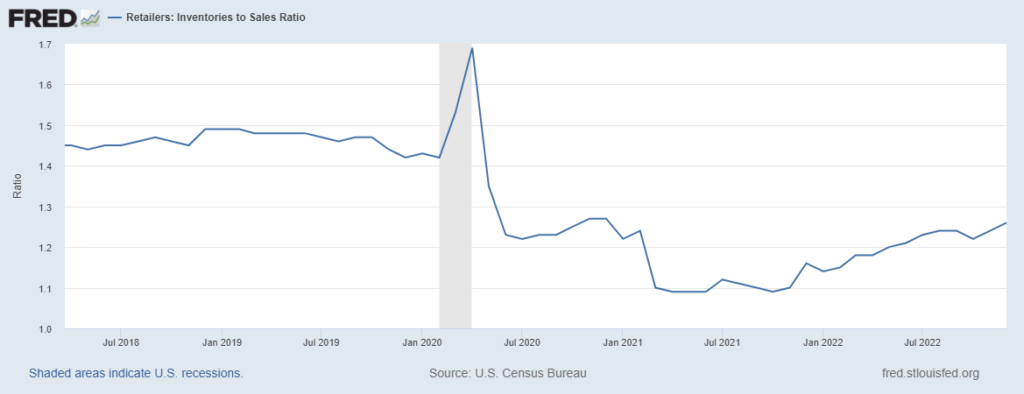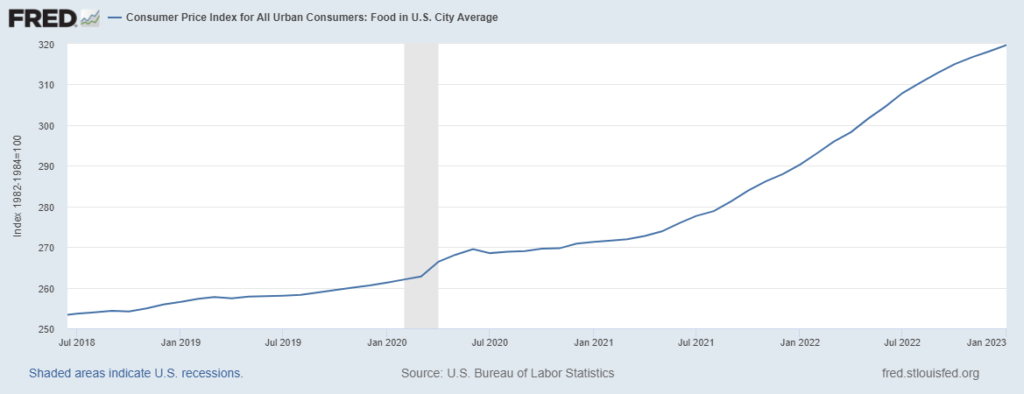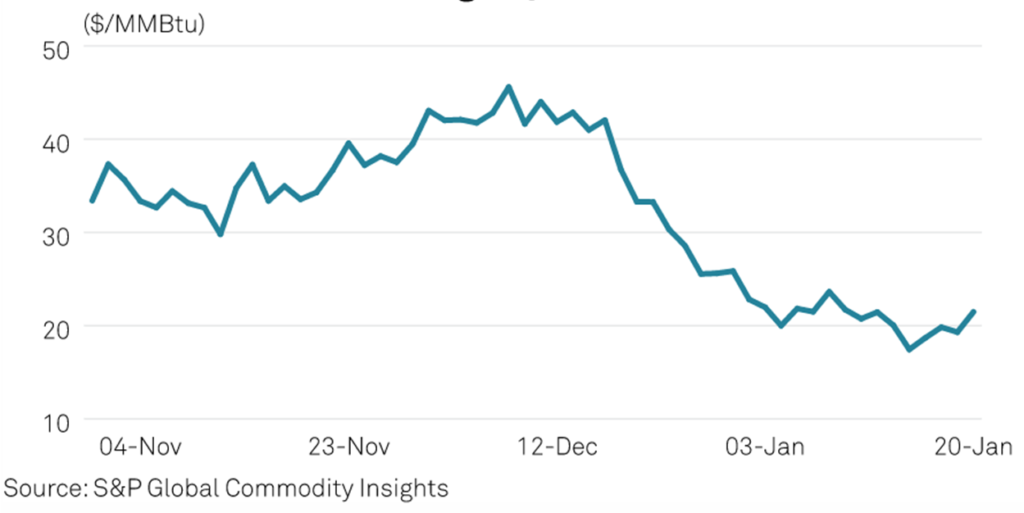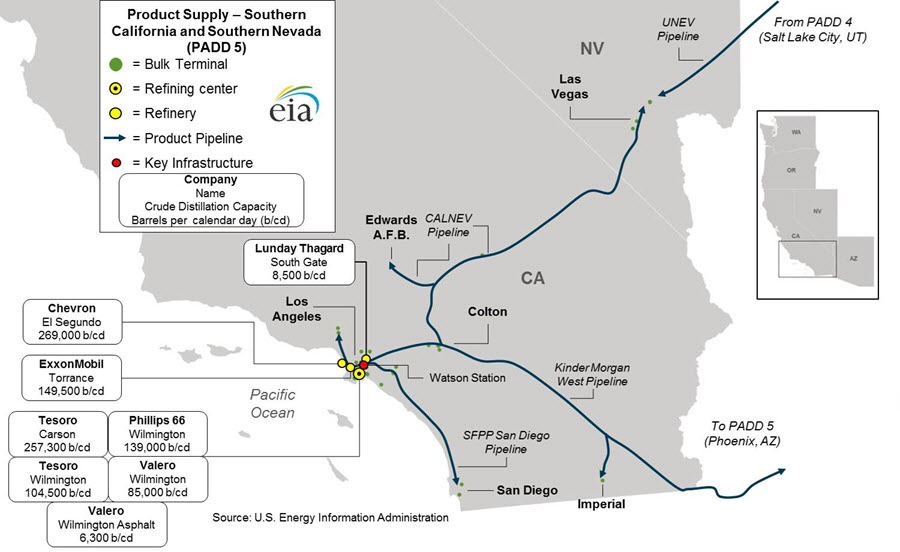Given wartime constraints on Ukraine’s ports, processing, and internal transportation; serious US, European, Argentine, and other drought; and price-pinching by a strong US dollar, a few months ago there were credible wide-spread concerns regarding sufficient upstream supplies of wheat reaching downstream demand. There have been deep deficiencies in some places. But overall global flows have remained strong and wheat prices have mostly returned to pre-war patterns. Below is a very helpful overview created by S&P Global.

